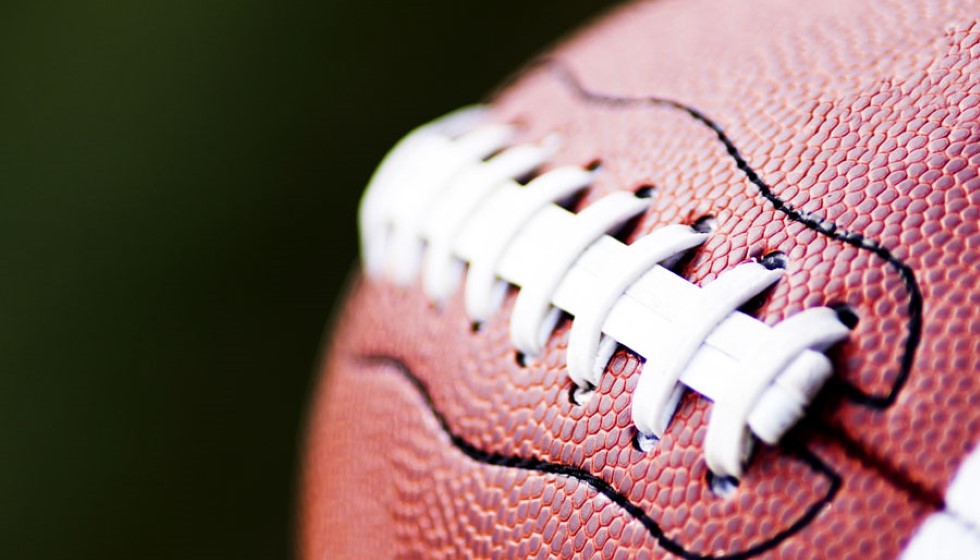
The NFL continues its commitment to player safety with the introduction of guardian caps, a new optional addition to players' helmets this offseason. These innovative caps feature a padded, soft-shell layer designed to absorb impact, aiming to reduce the risk and severity of concussions on the field.
Studies over the past two seasons have demonstrated that guardian caps are effective in decreasing concussion numbers. Data reveals that the severity of player impacts is reduced by 10% when a guardian cap is worn. Remarkably, when both players in a collision wear the caps, the impact reduction increases to at least 20%. These numbers underscore the potential of guardian caps to significantly improve player safety in the high-impact sport.
Player Reactions to Guardian Caps
Despite the promising statistics, opinions within the NFL community are divided. Notably, Darius Slay, known for his candid demeanor, has not held back his views on the aesthetic impact of the guardian caps. "Oh I can't stand them. It impact my swag," Slay remarked, capturing the sentiment of players for whom appearance plays a crucial role in their game-day experience.
Slay elaborated on his thoughts, stating, "My game is part of my swag. If I ain't looking the part, I can't feel the part. They have me looking very ugly out there with that big ol' cap on the head." This perspective highlights a broader concern among players who feel that their appearance can influence their performance psyche and overall confidence on the field.
Slay's comments further illustrate the potential conflict between safety initiatives and player satisfaction. "I hope not, because they show our swag will be ugly," he added, reinforcing his reluctance towards the adoption of guardian caps.
Balancing Safety and Team Identity
In an effort to address aesthetic concerns, the NFL offers a "helmet pinney" adorned with the team's logo and colors to make the caps more team-centric. This initiative aims to strike a balance between maintaining player safety and preserving the identity and visual appeal of each team.
Slay, while opposed to the caps' appearance, acknowledged their safety benefits. "They are for our safety, so if they wear them for safety that's cool. I'm sure I'll clown them," he said, indicating a begrudging acceptance of the caps' utility.
As the new season unfolds, the adoption and impact of guardian caps will be closely watched. While some players, like Slay, may resist due to concerns over appearance and 'swag,' the overarching emphasis on player safety remains paramount. The NFL's effort to blend safety with team identity through initiatives like the helmet pinney demonstrates an ongoing commitment to improve player protection without compromising the sport's inherent culture and spirit.
The journey towards widespread acceptance of guardian caps may be gradual, but the empirical evidence of their efficacy cannot be overlooked. With a 10% reduction in impact severity for individual players and a 20% reduction when both players in a collision wear the caps, the potential benefits for player well-being are significant.
Ultimately, the guardian caps represent a step forward in the NFL's broader strategy to minimize head injuries and protect its athletes, ensuring they can perform at their best while mitigating risks. As attitudes evolve and the league continues to prioritize player health, innovations like the guardian caps may become a staple in the journey towards a safer game.